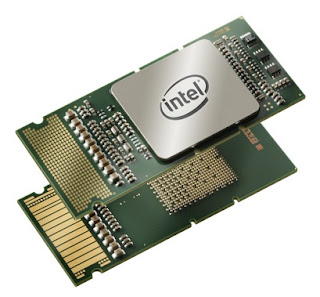HW : Itanium The Different
The Itanium processor chip was developed by an HP/Intel partnership to serve as a successor to both the IA32 architecture currently used in most Intel-based servers, and the PA-RISC technology that has been the cornerstone of HP’s HP-UX server and workstation offerings.
The Itanium 2 architecture uses a variety of techniques to increase parallelism—the ability to execute multiple instructions during each machine cycle. Parallelism improves performance because it allows multiple instructions to be executed simultaneously. The Itanium architecture is designed to make certain the processor can execute as many instructions per cycle as possible.
A key to the high performance of Itanium chips is the design philosophy at the heart of the Itanium processor family, Explicitly Parallel Instruction Computing (EPIC). The EPIC philosophy is a big reason why Itanium processors are different from other 64-bit processors, providing much higher instruction-level parallelism without unacceptableincreases in hardware complexity. How does EPIC achieve such excellent performance? By placing the burden of finding parallelism squarely on the compiler. Although processor hardware can extract a limited sort of parallelism, the best approach is to let the compiler, which can see the whole code stream, find the parallelism and make global optimizations. The compiler communicates this parallelism explicitly to the processor hardware by creating a three-instruction bundle to the hardware with directions on how the instructions should be executed. The hardware focuses almost entirely on executing the code as quickly as possible.
The EPIC architecture, together with several other architecture innovations, gives Itanium a significant advantage over both IA32 and 64-bit RISC systems. As co-developer of the Itanium architecture, HP has been able to take the lead in bringing production-ready Itaniumbased servers and workstations to market.
Itanium supports three major operating systems currently: HP-UX, Linux, and 64-bit Windows. In the future, Tru64, VMS, and HP’s non-stop server operating systems will also be supported.
"practise without knowledge is stupid"




Comments
Post a Comment